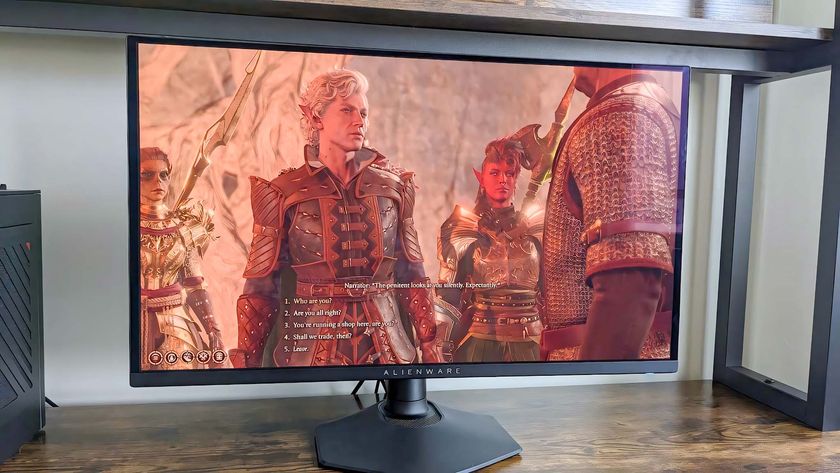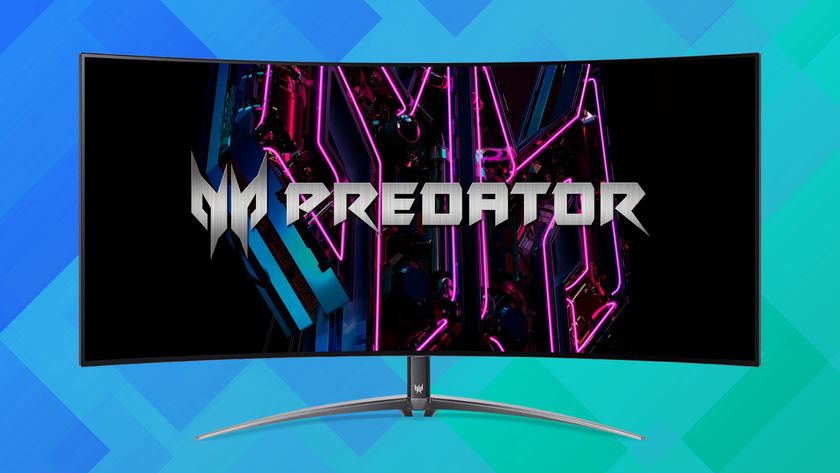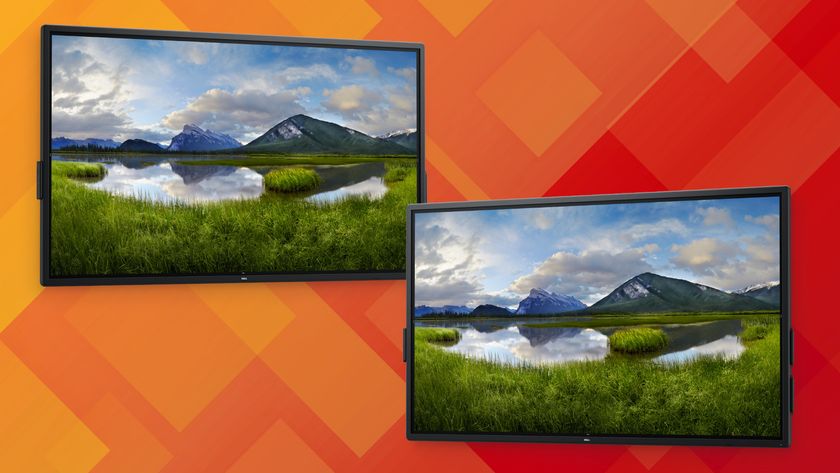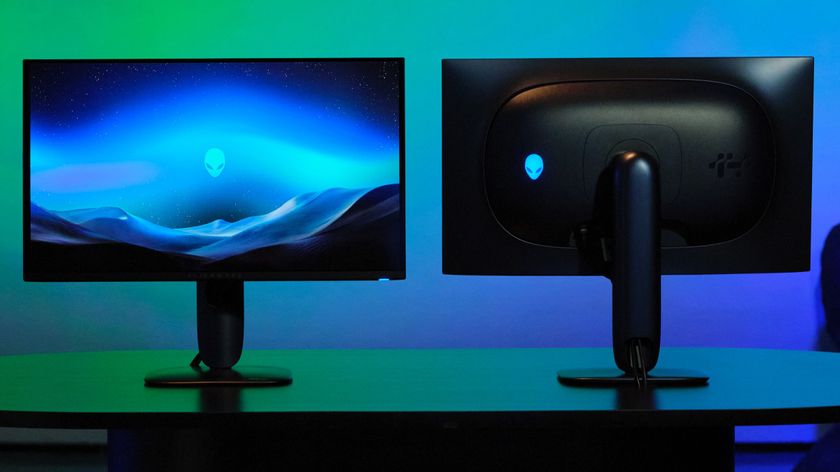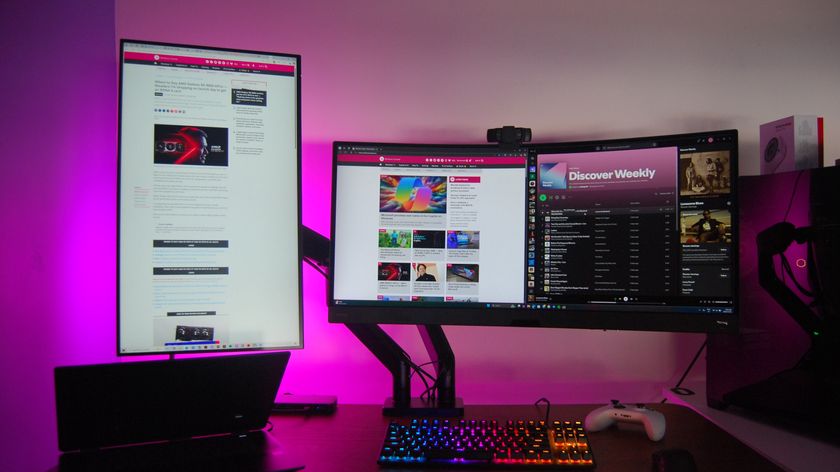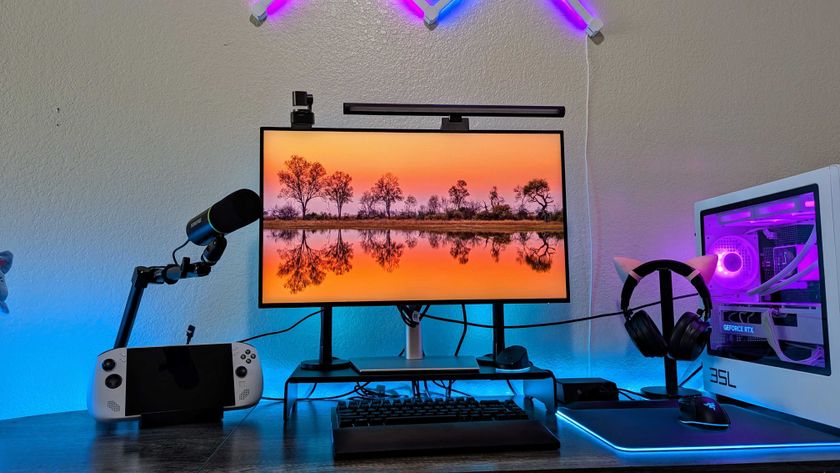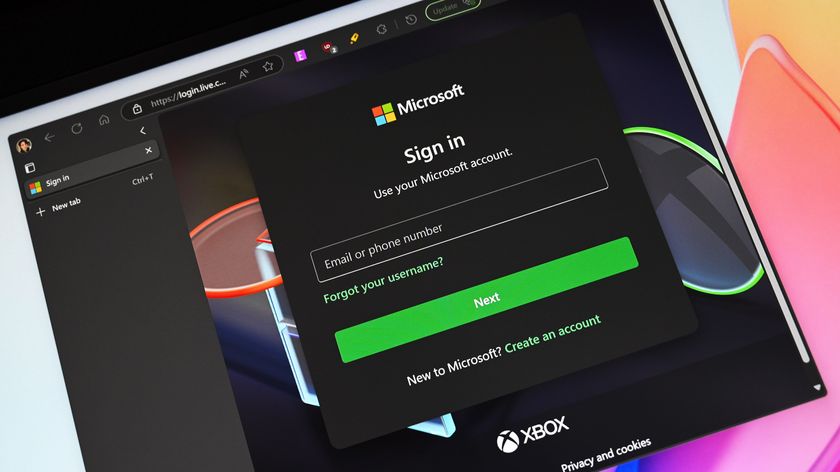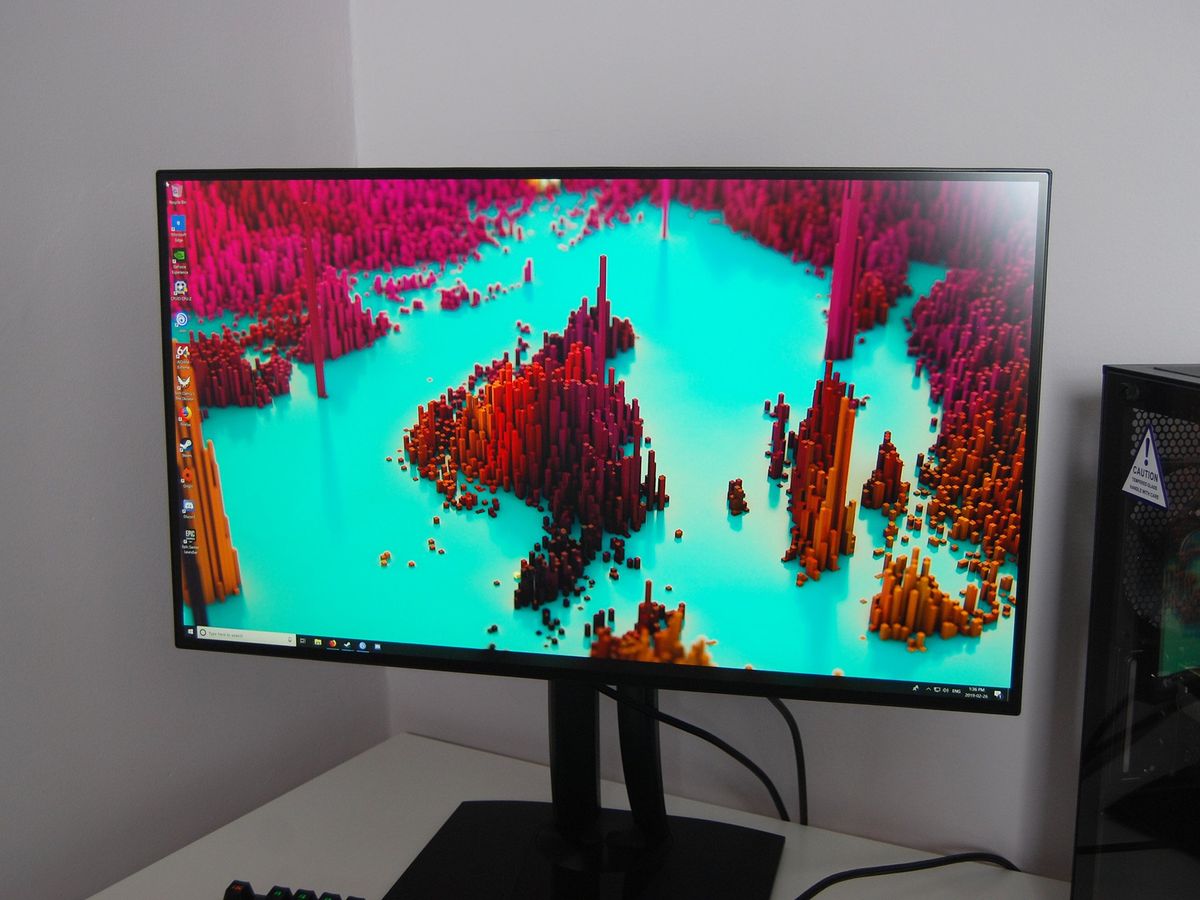
Is ViewSonic's VP2768-4K monitor good for gaming?
Why is the ViewSonic VP2768-4K ideal for professionals?
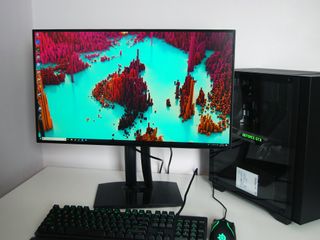
ViewSonic's VP2768-4K pro monitor comes with near-perfect color reproduction accuracy in a number of popular color spaces, and it has plenty of presets and deep on-screen display (OSD) controls so that professionals can get a picture that perfectly suits their needs.
It also has a ton of ports, a stand that can be adjusted in many ways, and it's also compatible with VESA mounts if you'd like to get it off of your desk. The IPS panel offers wide viewing angles, the 4K resolution gives editors and creators a crisp look, and the 60 Hz refresh rate is suitable for design and photography work.
Because it has a feature set geared toward professional visual creatives, gamers will end up paying for a lot of tech that doesn't really apply to games. Unless you have a beefy graphics card (GPU) like a NVIDIA RTX 2080, hitting a comfortable refresh rate at 4K probably isn't going to be feasible, and if you're gaming with a lower resolution, you'll want a higher refresh rate and lower response time. Some sort of variable refresh rate (VRR) technology, whether in the form of NVIDIA's G-Sync or AMD's FreeSync, is also a boon to gamers, which the VP2768-4K doesn't have.
Should you choose a FreeSync or G-Sync gaming monitor?
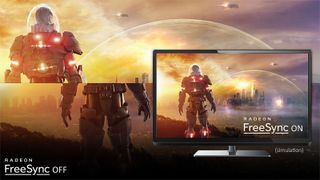
Choosing between a FreeSync or G-Sync monitor really comes down to what type of GPU you have in your gaming laptop, pre-built gaming desktop, or custom rig.
If you have an AMD GPU, you'll want to go with a FreeSync monitor. This allows for the refresh rate of the monitor to sync up perfectly with the frames put out by the GPU, which in turn provides a silky smooth picture.
On the other hand, if you have an NVIDIA GPU, you'll likely want to go with a G-Sync monitor for the exact same reasons — smoother picture thanks to a refresh rate that matches the GPU's output — as with AMD and FreeSync.
However, NVIDIA has confused the market a bit by announcing that some FreeSync monitors will now offer VRR with its GPUs. These "G-Sync Compatible" FreeSync monitors are limited, though they are a great option if you're dealing with different PC parts.
Get the Windows Central Newsletter
All the latest news, reviews, and guides for Windows and Xbox diehards.
Why worry about refresh rate and response time?
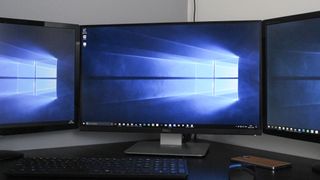
If you've ever stuck your head into a room of PC gamers, you've likely heard about refresh rate and response time, and that's for a good reason.
A refresh rate is defined by how many times a display's picture is refreshed in a single second. It is measured in hertz (Hz), so if you see a monitor with a 60 Hz refresh rate, that means it's going to refresh 60 times per second. If you have a GPU capable of putting out, say, 144 frames per second (FPS), that's not going to match your 60 Hz monitor since it can only technically refresh itself 60 times in the same period.
PC gamers generally opt for a monitor with at least a 60 Hz refresh rate, though many go with 144 Hz, especially at 1080p. 1440p displays are also commonly purchased with a 144 Hz refresh rate, while 4K gaming is best at 60 Hz due to hardware limitations.
Response time is described as how fast a pixel can change from active to inactive to active again. While gamers prefer a higher number for refresh rate, a lower number is preferred for response time, which is measured in milliseconds. Most high-end gaming monitors will come with a 1 ms response time, which seriously cuts down on ghosting and generally offers a sharp picture.
Buy a monitor that works with your hardware
Set a budget, analyze the capabilities of your hardware, take into account any upgrades you plan on making in the future, and decide from there on a suitable monitor.

Great 4K display that remains affordable
LG's 27-inch 4K monitor comes with FreeSync compatibility, 60 Hz refresh rate, 5 ms response time, and superb color. If your PC is rocking something like a Radeon Vega 64 GPU and you want a crisp gaming experience, this monitor should work well.
The LG 27UD68-W is a great choice for anyone who wants to PC game at a 4K resolution. It has FreeSync compatibility that works with AMD GPUs, it have thin bezel around the top and sides that makes the picture seem to stretch from edge to edge, and it has a 60 Hz refresh rate, which is about the norm for 4K. Considering the relatively affordable price in the 4K gaming realm, this is no doubt a top option for a lot of people.

High-end gaming monitor with a price to match
If you'd like to make the step up to 4K and have the hardware to support it — likely in the form of an RTX 2080 or RTX 2080 Ti — this 27-inch G-Sync monitor from AOC is a great pick. It has a 4 ms response time, 60 Hz refresh rate, and an IPS panel with excellent viewing angles.
The AOC Agon AG271UG costs a pretty penny, but it brings a broad color spectrum, built-in speakers, wide port selection, and G-Sync compatibility. If you're on NVIDIA's Team Green and have the GPU to support smooth 4K frames at 60 Hz, this monitor is an excellent pick that will absolutely wow you every time you sit down to game.

Cale Hunt brings to Windows Central more than eight years of experience writing about laptops, PCs, accessories, games, and beyond. If it runs Windows or in some way complements the hardware, there’s a good chance he knows about it, has written about it, or is already busy testing it.
